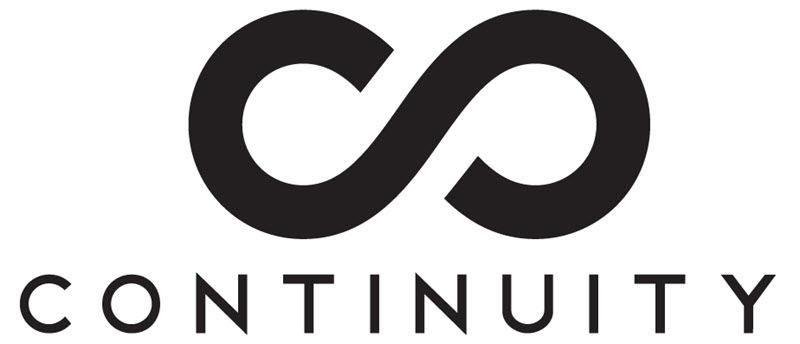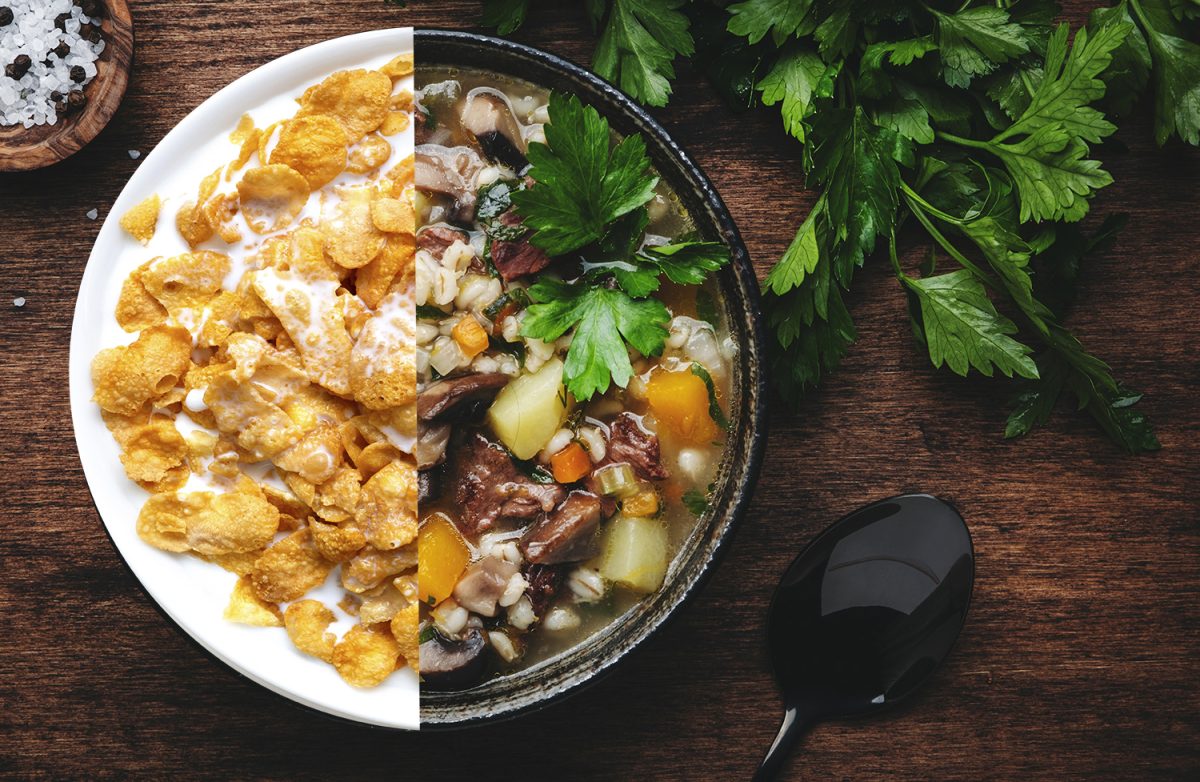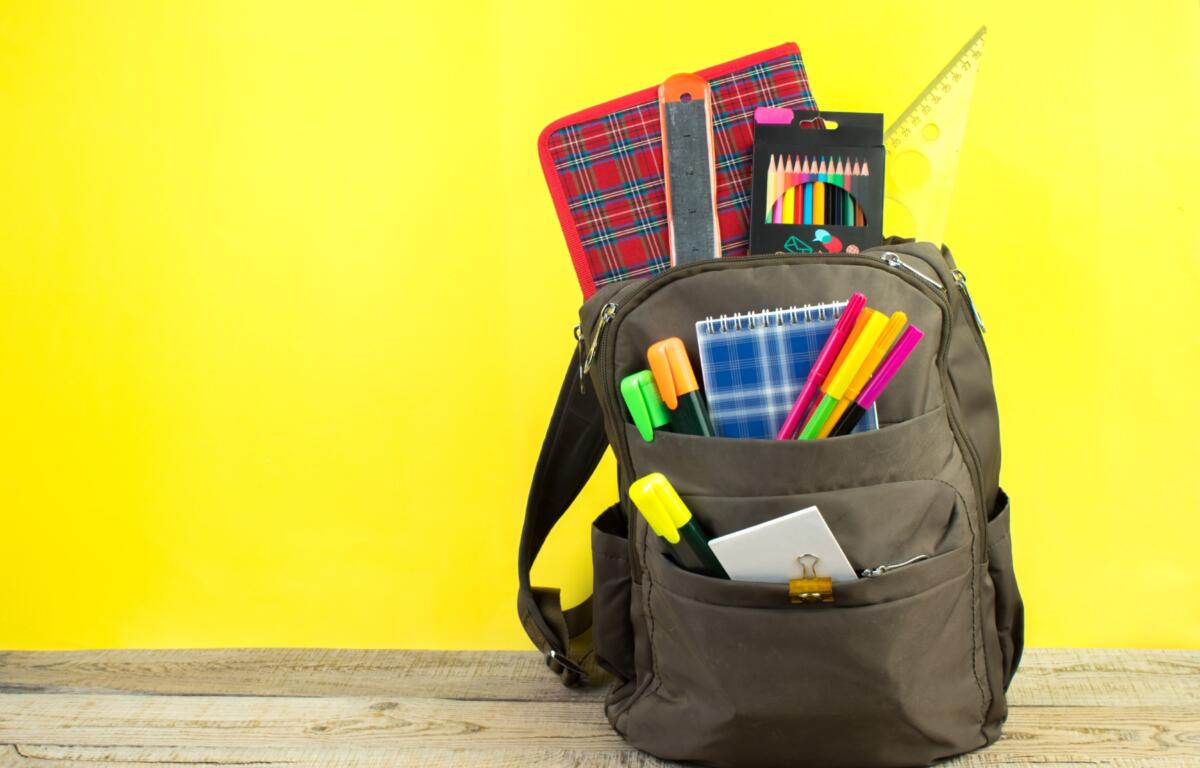As a budding artist, it can be difficult to be as expressive through my work as I want to be. With the pressures of judges at competition and various guidelines and other things to think about when working on pieces, art starts to be a very stressful endeavor for a high school student. The big question is: how safe is it outside the box? How far can I go before I can’t go any further?
Of course, there are taboos that aren’t allowed in a high school setting. Nudity, sex, drugs, and alcohol aren’t typically allowed in the school to begin with, and still aren’t acceptable in the art community in Bryan/College Station. Since this is high school and students are trying to find out who they are and what their identity is as young adults, kids in art are looking for a way to break out of the box while still being acceptable for the community and competitions.
Guidelines set by the state are created to keep a tight leash on subject matter such as profanity, criminal violence, drugs, explicit sexuality, and any type of frontal nudity. The Texas Art Education Association (TAEA) and Visual Arts Scholastic Event (VASE) Rules and Policies paper states that “any content that may offend the moral standards of the community are strictly prohibited.” These rules are put in place to prevent the audience and community from becoming uncomfortable when they go to a high school art show and see a painting of a naked woman, a common practice in classical artwork. Rules such as these really only benefit one group of people: the community.
Although these rules make sense, it snuffs out the creativity that a student may want to display within the schools. Sure, a student can do their own work that shows who they are as an artist, but if they don’t have an outlet for those works, how can they know what it means to be an artist, and display their work and get their message out to the world?
Certain areas are, of course, more intense with the rules than others because of the community and the people in the area. Places like Austin or Boston schools might have a little more wiggle room for their school art showings, but places like Virginia or even here in Bryan have less room for their students to showcase what they wish to share with the community.
If a student is working on a piece that displays violence to highlight the importance of concepts such as an abusive home life, violence based on racial prejudice, or any other current issue revolving around violence, the student may want to display their work to educate others about what’s happening around the world through that creative outlet. These things are not allowed for competitions, and most schools won’t show them when other artists and members of the community come to see student art at events like Art Fest. Because of rules like this, students may feel as if their work isn’t valued, and this could lead to loss of ambition in their work.
Rules and art are a fragile balance. Those of us who face these rules are constantly dancing around the line that’s been drawn by the state and trying to make it out of the box without going too far. Rules exist for a reason, but is art the right place for them? In the words of Edward De Bono, “creativity involves breaking out of established patterns in order to look at things in a different way.”






